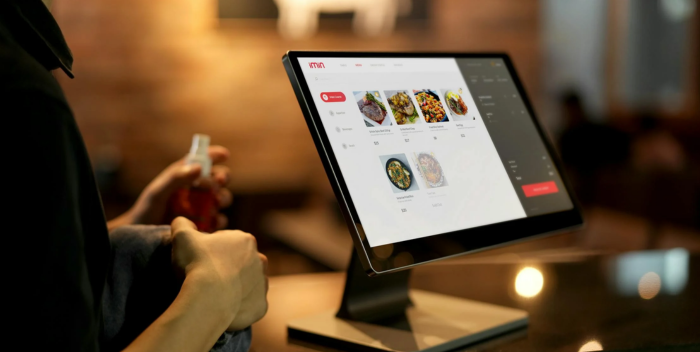Did you know that intellectual property theft costs the US $225 billion to $600 billion annually?
Many inventors put countless hours into developing their product prototypes. The goal is to make a realistic model representing the final product so that you can have concrete evidence of what the product design will be.
To ensure that your product’s identity remains in place, it is vital to understand the advantages of an intellectual property patent.
Here are a few things to consider before applying for a patent for your prototype. Keep reading to learn more.
The Benefits of Obtaining a Patent
Obtaining an intellectual property patent for one’s prototype serves a wide variety of benefits. Here are some of the benefits that you’ll have:
Protect Your Prototype From Copycats
Obtaining an intellectual property patent is key to protecting your prototype from copycats. This provides exclusive rights to the invention for a specific duration of time. This allows the patent owner to have legal power to prevent others from making, using, or selling the invention.
With a patent, you can claim the invention as yours, and no one else can use it without your permission. If someone attempts to make a product like your invention, you could take legal action against them.
Leverage Your Patent For Greater Visibility
Having intellectual property protection allows you to leverage it for greater visibility. Once your patent is granted, you can market your prototype’s advantages. You’ll be able to showcase your proprietary invention and bring your product or idea to life on the world stage.
You can highlight your unique design and invention by obtaining recognition and awards. With a patent, your prototype becomes a tangible product. This gives it a level of credibility for customers.
You can start by listing your patent on an intellectual property exchange platform to get wider recognition. Here, potential customers and investors may learn more about your prototype.
It is also wise to collaborate with a patent-licensing organization. They can help you effectively promote your invention and ease the process. This will help you connect with the right people, influencing them to invest in or license your prototype.
Provides an Element of Credibility and Validity to a Product
By obtaining a patent, innovators can prove that their product has gone through a rigorous testing and evaluation process. This allows entrepreneurs to enter the market with a sense of assurance. They know that their work is viewed as legitimate and their ideas protected.
Having the backing of a patent allows inventors to negotiate better licensing and revenue agreements. It also provides a strong sign to the public that the technology is unique, valuable, and reliable.
Deciding Factors in Acquiring a Patent
When deciding to get an intellectual property patent for a prototype, one must consider all the key factors. First, it’s essential to determine if the prototype is novel and innovative to merit a patent. If so, then an individual must research the costs and procedures involved.
One should also evaluate the potential market for the invention. They should take into account its longevity and profitability.
Additionally, it’s essential to consider the competitive landscape. Check whether competitors may be developing similar products.
Finally, one should also consider the potential risks involved. This includes becoming embroiled in legal proceedings over who legally owns the invention. Ultimately, one should only pursue a patent if the desired benefits outweigh the costs and risks associated with it.
Cost Considerations
Cost is a key consideration when determining whether to get a patent for an intellectual property prototype. The costs depend on the complexity of the invention and the filing jurisdictions.
Generally, a patent application filing fee in the US averages between $1,500 and $20,000. This includes fees for attaining patent office actions, license agreements, and other factors.
Additionally, you will need to hire attorneys to handle the paperwork. They will also help represent the inventor in patent office proceedings.
Cost can be a deciding factor when considering a patent for intellectual property. Knowledge of all the associated expenses can help ensure a better return on investment.
Navigate the Application Process
Obtaining an IP patent is complicated, so it is vital to navigate the application process correctly. Start by researching to ensure that your invention is novel and patentable.
Then contact a registered IP attorney to provide an opinion on your invention’s patentability. With the right legal expertise and guidance, you can ensure you’ve met all the requirements and are on a trajectory to get your patent.
Once you have a favorable opinion, you can file a patent application. During this process, you will need to provide evidence of how your invention is unique. You’ll also need to have documentation ready, including drawings and specifications of your invention.
The patent application process can be time-consuming and costly. But obtaining a patent can also offer peace of mind and legal protection for your invention.
The Value of Intellectual Property Patent
Intellectual property patents are a helpful tool to secure and protect your prototypes. Patents provide a legal preventative measure for protecting your products from being copied or stolen. Obtaining a patent comes with time and cost investments, but the reward could be worth it.
Weighing the pros and cons of getting a patent should help you decide which option is right. If you think patenting your unique idea is worth the cost and effort, consult a qualified intellectual property lawyer to get started.
Do you want to find more helpful info? Check out more of our guides on our blog today!




